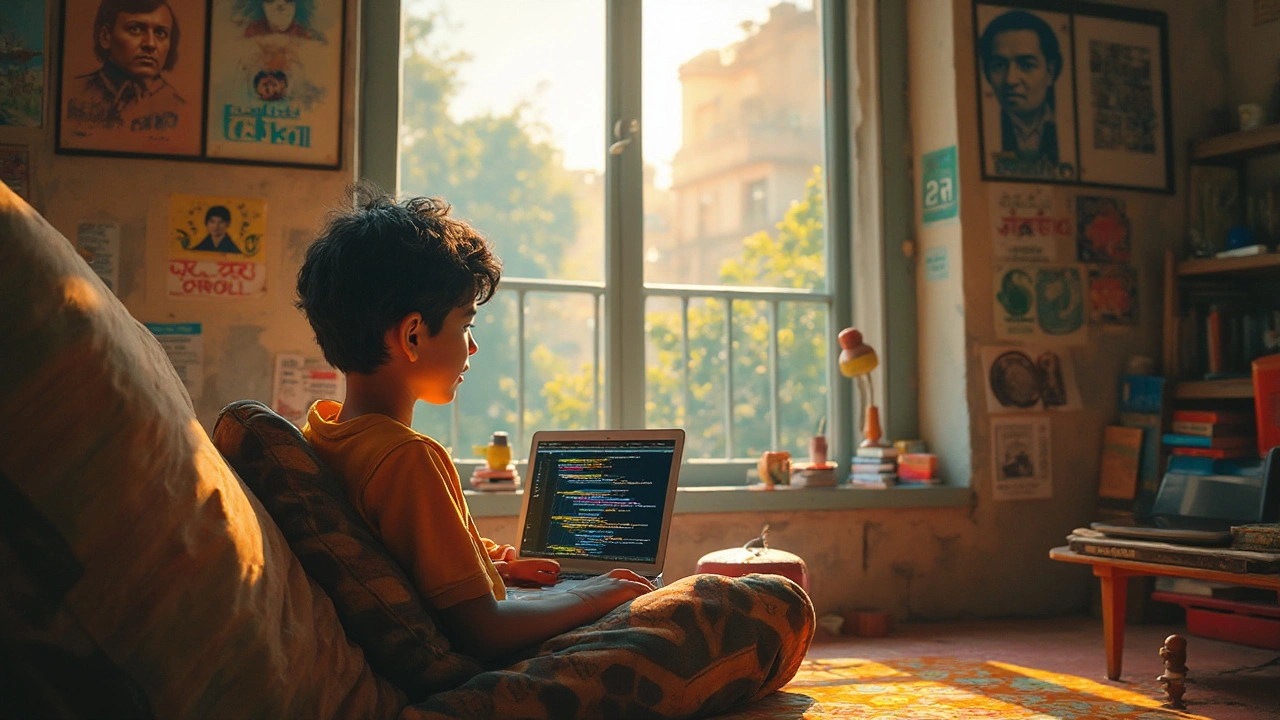Beginner Programming Made Simple: Your First Steps to Code
Feeling curious about how to write code but don’t know where to begin? You’re not alone. Thousands start every day with the same question, and the good news is you can get comfortable with programming faster than you think.
Pick a Language That Fits Your Goal
The first decision is the language you’ll learn. If you want to make websites, HTML, CSS and a dash of JavaScript are the fastest way in. For general problem‑solving, Python is popular because its syntax reads like plain English. If you’re leaning toward mobile apps, try JavaScript with React Native or Kotlin for Android.
Don’t overthink it—choose one, stick with it for a few weeks, and you’ll see progress. Switching too early slows you down.
Use Free, Hands‑On Resources
There are countless free tutorials, but the ones that make a real impact are interactive. Sites like freeCodeCamp, Codecademy, and the "How Long Does It Take to Fully Learn HTML, CSS, and JavaScript?" guide on our own blog let you type code right in the browser and see results instantly.
Start with short lessons (10‑15 minutes) and finish each with a tiny project: a personal webpage, a calculator, or a simple to‑do list. Building something you can show off keeps motivation high.
Another tip: follow a structured curriculum. Our "Beginner Programming" tag gathers articles on web builders, SEO basics, and even how to become a freelance developer. Treat each article like a chapter in a textbook.
When you hit a snag, search the exact error message—Stack Overflow, YouTube, and our forum all have real‑world answers. Most problems have already been solved.
Practice daily, even if it’s just 20 minutes. Consistency beats marathon sessions. Use a code editor like VS Code; it offers suggestions that help you avoid syntax errors.
Join a community. Local meetups, Discord channels, or the comment sections of our posts connect you with other beginners. Sharing what you’ve built and asking for feedback speeds up learning.
Finally, keep a small notebook of concepts that confuse you. Write the definition in your own words, then test it by coding a tiny example. Teaching yourself is the fastest way to remember.
With the right language, hands‑on material, and steady practice, you’ll move from “I don’t know where to start” to “I just built my first app.” The journey is yours—start today and watch your confidence grow.

Python and JavaScript are among the most popular programming languages, each with unique characteristics. Python is known for its simplicity and readability, often favored by beginners for scripting tasks and data analysis. JavaScript is essential for front-end web development, providing dynamic and interactive user experiences. This article explores the ease of learning Python compared to JavaScript, considering factors like syntax, use cases, and community support.
Continue Reading

Python and JavaScript are two prominent programming languages often recommended for beginners in the coding world. While both have their unique advantages, deciding which is easier largely depends on individual goals and contexts. Python's syntax is clear and intuitive, which can appeal to those interested in data analysis and back-end development, whereas JavaScript dominates the web development landscape, making it indispensable for aspiring front-end developers. This article explores their ease of use by comparing usage scenarios, community support, and learning resources.
Continue Reading






